Notes from this week’s communication with fellow art practice students
This week, I had an in-depth conversation with several students engaged in art practice, each of whom brought in works on different themes, ranging from gender, virtual futures, social structures to historical memories, each of which engaged in personal perspectives and critical thinking. Below are their works and key words of the discussion:
1. SAN — Femininity, Grotesque, Transformation
SAN’s work features a grotesque, biomorphic form, resembling a creature from an unknown world. The piece is dominated by a striking red hue, strongly evoking femininity while also carrying a mythical aura. This “strangeness” challenges traditional representations of the female body, prompting questions about how it is shaped, alienated, and reconstructed in contemporary society.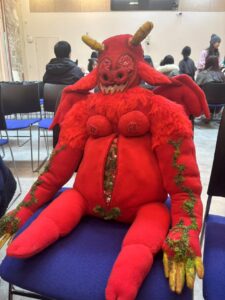
2. Huang Yi — Virtual Future, Oceanic Matriarchal Society
Huang Yi’s work envisions a speculative future, specifically a “marine matriarchal society.” Using virtual modeling, he constructs a futuristic ecosystem where a female-led societal structure unfolds within an oceanic environment. This vision is not merely a science fiction narrative but also a critical reflection and reconfiguration of contemporary gender power dynamics.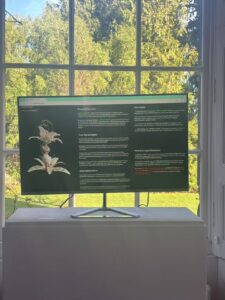
3. Ju Keyi — Hidden Harms of Capital, Discourse Power, Indifference
Ju Keyi’s work explores how capital conceals its impact on society, particularly the potential harm it inflicts on ordinary people. Through images and compositions, the piece illustrates the mechanisms of power manipulation and the social issues deliberately ignored. The visual language emphasizes how the discourse of capital shapes our perceptions while inviting viewers to question their own position: are we victims, or are we complicit?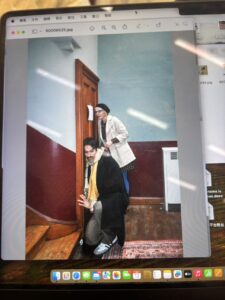
4. Chen Sijia — Satire of Masculinity, Interaction, Gender Symbolism
This piece presents an interactive tree that serves as a satire on rigid and lifeless masculinity. Although the tree requires audience interaction, it fails to genuinely respond, creating an ironic dialogue: when certain social structures lose their vitality, can they still maintain their influence? The idea of “replacement” within the work adds further sociological implications.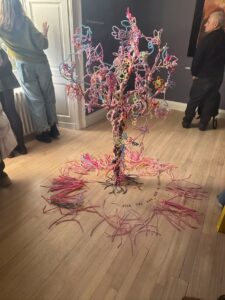
5. Jia Xudong — Porcelain Restoration, Historical Architecture, Marginalized Groups, Passage of Time
Jia Xudong’s work combines porcelain restoration with imagery of historical architecture, reflecting on the passage of time and the position of marginalized groups in history. By piecing together broken ceramics, the work highlights the fragility of cultural heritage while implying how certain groups are overlooked or forgotten in historical narratives. The theme of “reuse” also raises questions about how we, in the present, inherit and repair the neglected fragments of history.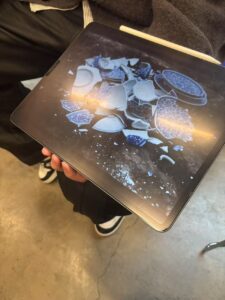
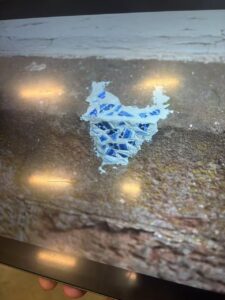
Reflections
This exchange broadened my understanding of how art practice engages with social issues through different perspectives and media. From futuristic speculation and gender discourse to critiques of capitalism and historical preservation, each work offered a unique way of seeing the world, prompting me to reassess my own understanding of these topics.
Furthermore, the interactive and immersive aspects of these works made me reflect on the role of curatorial practice. How can we construct a more fluid and open-ended curatorial narrative that allows audiences to continuously discover new meanings through their experiences?
This discussion not only deepened my understanding of contemporary art practices but also reinforced my awareness of the curatorial process in shaping artistic experiences. How to transform these complex themes into organic exhibition narratives remains a question I will continue to explore in the future.
Through this exchange, I have made it clearer that my curatorial approach can be optimised in the following directions:
Posted by s2630494


HTML Text
Plain text
Close

